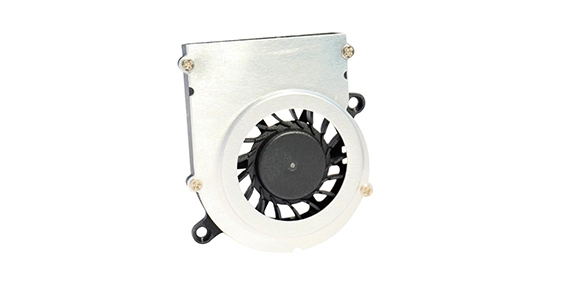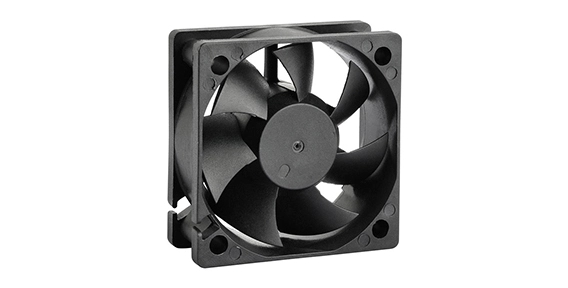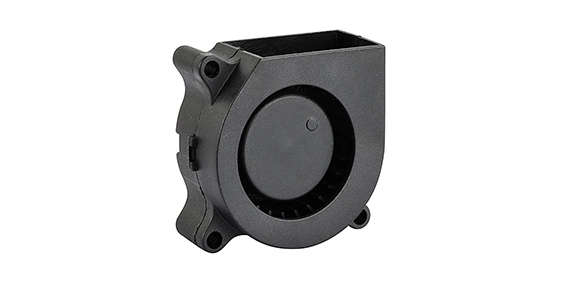Understanding Noise Levels in Laptop Cooling Fan Systems
Laptop cooling fans play a crucial role in keeping the internal components of laptops cool, preventing overheating and potential damage. However, one of the major concerns faced by laptop users is the noise generated by these fans. The constant whirring sound can be distracting and irritating, especially when working in a quiet environment or during late-night study sessions. Addressing the noise factor in laptop cooling fans has become a priority for manufacturers, who are continuously striving to develop quieter and more efficient cooling systems.
Noise levels in laptop cooling fan systems are measured in decibels (dB). Generally, noise levels ranging from 20 dB to 30 dB are considered acceptable and fall within the normal range for a laptop cooling fan. However, some laptops with powerful processors or higher-end gaming laptops may have cooling fans that produce noise levels above 30 dB. In such cases, the noise can become a major annoyance for users.

How Fan Speed and Noise Correlate in Laptop Cooling Fan
There are more and more axial flow fan applications. Fan speed is directly related to the noise produced by a laptop's cooling fan. When a laptop's internal temperature rises, the cooling fan kicks in to maintain an optimal temperature. As the fan speed increases, so does the noise level. This is because the fan blades spin faster, causing an increase in airflow and consequently generating more noise.
Manufacturers have been focusing on developing efficient cooling systems that strike a balance between cooling performance and noise reduction. By optimizing the design and engineering of the fan blades, manufacturers can reduce the noise levels without compromising the cooling efficiency.

Acoustic Design Innovations: Engineering Approaches to Noise Reduction in Laptop Cooling Fans
Acoustic design innovations have played a significant role in addressing the noise factor in laptop cooling fan systems. Manufacturers have developed various engineering approaches to reduce noise while maintaining effective cooling.
One approach is the use of improved fan blades. By designing fan blades with aerodynamic features and carefully selecting materials that reduce vibration, manufacturers can minimize noise production. These innovative blades are designed to move air more efficiently, reducing the need for higher fan speeds and consequently lowering noise levels.
Another approach is the implementation of sound-damping technologies. Noise reduction materials, such as acoustic foam, can be strategically placed inside the laptop's chassis and around the cooling fan to absorb and suppress noise. This helps in reducing the overall noise emitted by the cooling system.
Furthermore, manufacturers are also incorporating software controls to regulate fan speeds. By integrating intelligent fan control algorithms, laptops can dynamically adjust the fan speed based on the internal temperature of the system. When the laptop is running less demanding tasks, the fan speed can be lowered, resulting in quieter operation. On the other hand, during heavy usage or gaming sessions, the fan speed can be increased to provide efficient cooling.
Addressing the noise factor in laptop cooling fans has become a crucial aspect for manufacturers in the quest to improve user experience. Understanding noise levels in laptop cooling fan systems and how fan speed and noise correlate is essential. By developing acoustic design innovations and incorporating engineering approaches to noise reduction, manufacturers are continuously working towards quieter and more efficient cooling systems. With these advancements, laptops are becoming increasingly silent, enabling users to work or study without the distraction of excessive fan noise. So, the next time you find yourself in need of a laptop cooling fan, consider opting for one that boasts innovative noise reduction technologies, making your computing experience much more pleasant.

 EN
EN 

 +
+
 +
+
 +
+



